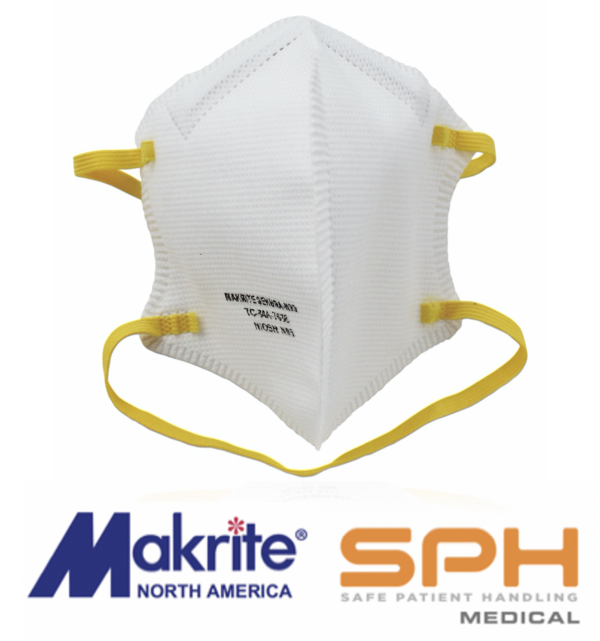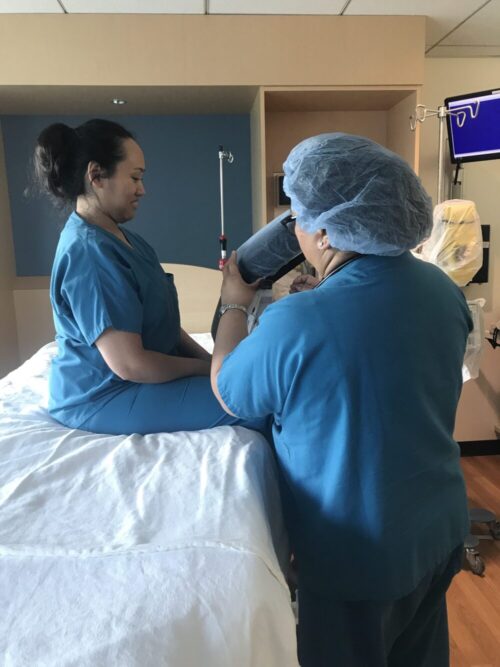Looking for a Trusted Source for N95 Surgical Masks?
While the statistics related to the COVID-19 pandemic are improving worldwide, it’s clear the U.S. is not out of the woods as of yet. There are still outbreaks occurring in communities from shore to shore. Hospitals and businesses are looking for a trusted source for N95 Surgical Masks and mask purchases.
With no clear end of the pandemic in sight and a second wave looming, the demand for NIOSH Certified, Food and Drug Administration (FDA) approved Surgical N95 Respirators (masks) is still high. Meanwhile, the shortage of N95 masks seems to be holding steady. With that said, there are fears that the demand could increase even further in fall and winter if a second wave of Coronavirus outbreaks comes to fruition.
About the N95 Mask
While the debate over the reliability of common surgical masks rages on, there is growing evidence that the N95 mask is leading the way in terms of reliability. For people who aren’t yet aware, the N95 designation represents that the mask filters out at least 95% of airborne particles. That percentage accounts for the popularity of N95 masks among first responders and healthcare professionals.
Current Trends
In the early days of the pandemic, there was a disturbing shortage of N95 masks due to unpreparedness issues throughout the world. While the use of these types of surgical masks had previously been limited to doctors/nurses performing surgical procedures, N95 masks now have a new purpose, compliments of the pandemic.
As urgent demands for said masks increased, the problem became serious enough that the U.S. government was forced to limit purchases of N95 masks. It was a calculated effort to make sure the people who needed a NIOSH N95 Mask could get one. BTW: NIOSH stands for National Institute for Occupational Safety and Health, a CDC related agency.
It’s not surprising that the shortage eventually led to the illicit counterfeiting of masks, something that continues today. Unfortunately, there are lots of rogue merchants out there in the marketplace offering their cheap knock-off versions of the N95. More sophisticated fakes have been shipped with fake boxes that make the product look legitimate. The problem with these knockoffs is they come with no real testing or validation of performance. Counterfeits often include fake certifications from NIOSH.
How to Avoid Counterfeit Masks
The last thing a healthcare professional needs is contamination from COVID-19 when they thought they had the protection they needed. Compared to a NIOSH N95 Mask, other masks don’t measure up. That’s why it is of vital importance that people take precautions when buying an N95 mask or supply of masks.
The best way to avoid counterfeits is to make mask purchases from a trusted source for N95 Surgical Masks and a reliable medical supply dealer like SPH Medical. At SPH, we have inventory control measures in place to make sure our customers get the quality products they order.
The Makrite N95 Mask
When we market our products, we focus on selling products that are reliable and safe. In the surgical mask space, we are particularly proud of our Makrite N95 Mask line, featuring the model 9500-N95.
Surgical N95 Masks
The model 9500-N95 mask is FDA approved and NIOSH certified. The product features electrostatically charged microfibers that promote easy breathing while simultaneously offering 95% protection from microorganisms, including viruses.
The model 910-N95FMX is also a NIOSH Certified N95 and is authorized by the FDA as a Surgical Respirator. The N95 Mask model 910-N95FMX offers some key advantages over other N95 Surgical masks. It has adjustable head straps to create a comfortable and secure fit. As part of our Flat Fold Series of masks it also offers more space for breathing comfortably. Visit the product page here for more information or contact us for a quote.
Makrite was founded in 1980 and maintains its corporate headquarters in Taipei, Taiwan. We purchase our masks for resale from Makrite because we know the quality of their products is second to none.
We are happy to announce that the current supply of model 9500-N95 masks is in good standing. However, we want to emphasize that these masks will remain in high demand as long as the COVID-19 virus is wreaking havoc on people throughout the world.
If you would like more information about our Makrite surgical masks, please feel free to contact us at your earliest convenience.










 Whether you are a doctor, nurse, physician assistant, or nurses-aid, being in the medical field during a deadly pandemic is highly stressful. In addition to having concerns over providing the best in medical diagnostics and care, the pandemic puts healthcare workers at high risk for catching the virus. This is one of the most challenging concerns for healthcare workers who are often stressed with excessive work hours, exhaustion, and emotional stressors from caring for the very ill.
Whether you are a doctor, nurse, physician assistant, or nurses-aid, being in the medical field during a deadly pandemic is highly stressful. In addition to having concerns over providing the best in medical diagnostics and care, the pandemic puts healthcare workers at high risk for catching the virus. This is one of the most challenging concerns for healthcare workers who are often stressed with excessive work hours, exhaustion, and emotional stressors from caring for the very ill. Because this Coronavirus is spread through droplets and is now known to be aerosolized, the use of face shields and N95 face masks and coverings while at work are essential tools in frontline defense against the virus.
Because this Coronavirus is spread through droplets and is now known to be aerosolized, the use of face shields and N95 face masks and coverings while at work are essential tools in frontline defense against the virus. In the ongoing battle against the Coronavirus, many hospitals and medical facilities have significant concerns about locating a reliable supplier for medical-grade N95 respirators. Facilities who choose Makrite for their respirators want to ensure they can have continuous access to Makrite 9500-N95 top of the line NIOSH Certified N95 surgical mask supplies directly from a factory distributor.
In the ongoing battle against the Coronavirus, many hospitals and medical facilities have significant concerns about locating a reliable supplier for medical-grade N95 respirators. Facilities who choose Makrite for their respirators want to ensure they can have continuous access to Makrite 9500-N95 top of the line NIOSH Certified N95 surgical mask supplies directly from a factory distributor.






